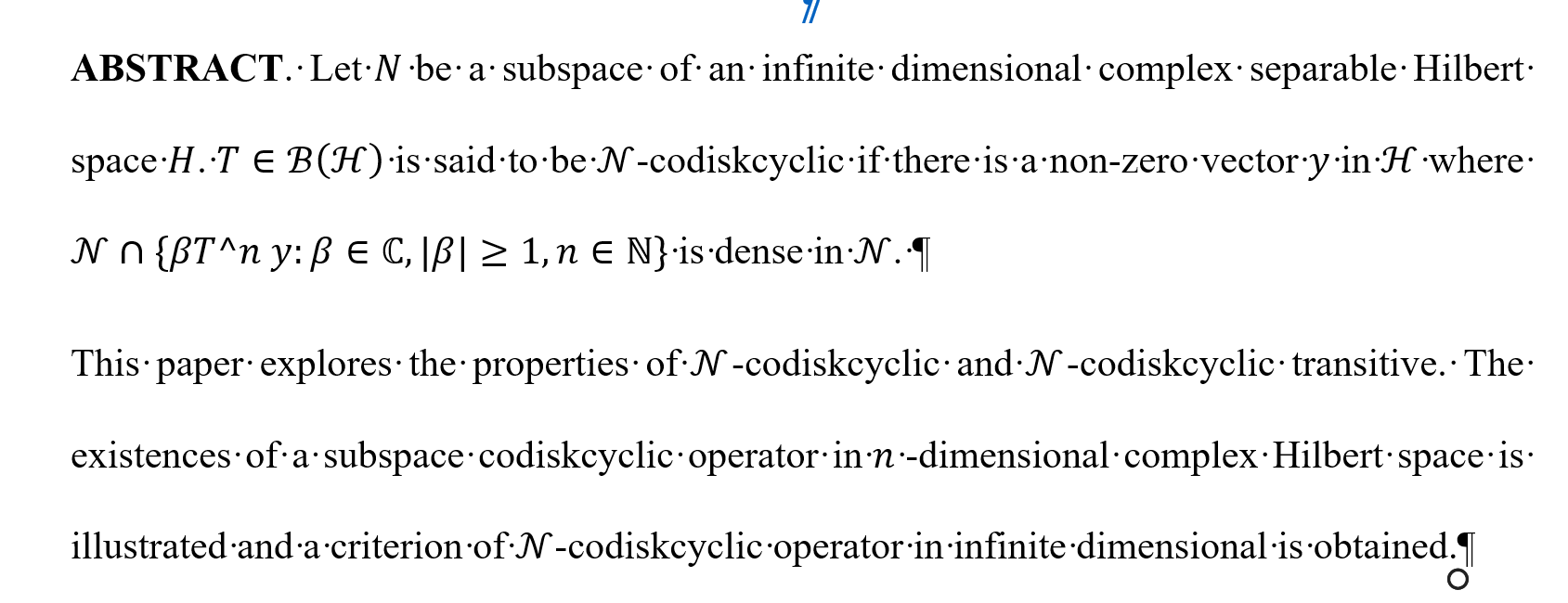The present work aims to fabricate n-i-p forward perovskite solar cell (PSC) withئ structure (FTO/ compact TiO2/ compact TiO2/ MAPbI3 Perovskite/ hole transport layer/ Au). P3HT, CuI and Spiro-OMeTAD were used as hole transport layers. A nano film of 25 nm gold layer was deposited once between the electron transport layer and the perovskite layer, then between the hole transport layer and the perovskite layer. The performance of the forward-perovskite solar cell was studied. Also, the role of each electron transport layer and the hole transport layer in the perovskite solar cell was presented. The structural, morphological and electrical properties were studied with X-ray diffractometer, field emission scanning electron microscope and current-voltage (J-V) characteristic curves, respectively. J-V curves revealed that the deposition of the Au layer between the electron transport layer (ETL) and Perovskite layer (PSK) reduced the power conversion efficiency (PCE) from 3% to 0.08% when one layer of C. TiO2 is deposited in the PSC and to 0.11% with two layers of C. TiO2. Power conversion efficiency, with CuI as the hole transport layer (HTL), showed an increase from 0.5% to 2.7% when Au layer was deposited between PSK and CuI layers. Also, Isc increased from 6.8 mA to 17.4 mA and Voc from 0.3 V to 0.5V. With depositing Au layer between P3HT and PSK layers, the results showed an increase in the efficiency from 1% to 2.6% and an increase in Isc from 10.7 mA to 30.5 mA, while Voc decreased from 0.75 V to 0.5V
Every finite dimensional normed algebra is isomorphic to the finite direct product of or , it is also proved these algebras are ultrasemiprime algebras. In this paper, the ultrasemiprime proof of the finite direct product of and is generalized to the finite direct product of any ultrasemiprime algebras.
Let R be associative; ring; with an identity and let D be unitary left R- module; . In this work we present semiannihilator; supplement submodule as a generalization of R-a- supplement submodule, Let U and V be submodules of an R-module D if D=U+V and whenever Y≤ V and D=U+Y, then annY≪R;. We also introduce the the concept of semiannihilator -supplemented ;modules and semiannihilator weak; supplemented modules, and we give some basic properties of this conseptes.
 (1)
(1)
Our aim in this work is to investigate prime submodules and prove some properties of them. We study the relations between prime submodules of a given module and the extension of prime submodules. The relations between prime submodules of two given modules and the prime submodules in the direct product of their quotient module are studied and investigated.
 (1)
(1)
Throughout this work we introduce the notion of Annihilator-closed submodules, and we give some basic properties of this concept. We also introduce a generalization for the Extending modules, namely Annihilator-extending modules. Some fundamental properties are presented as well as we discuss the relation between this concept and some other related concepts.
 (1)
(1)
 (4)
(4)
 (2)
(2)
Most of the Weibull models studied in the literature were appropriate for modelling a continuous random variable which assumes the variable takes on real values over the interval [0,∞]. One of the new studies in statistics is when the variables take on discrete values. The idea was first introduced by Nakagawa and Osaki, as they introduced discrete Weibull distribution with two shape parameters q and β where 0 < q < 1 and b > 0. Weibull models for modelling discrete random variables assume only non-negative integer values. Such models are useful for modelling for example; the number of cycles to failure when components are subjected to cyclical loading. Discrete Weibull models can be obta
... Show More (1)
(1)
Let M be an R-module, where R is a commutative ring with unity. A submodule N of M is called e-small (denoted by N e  M) if N + K = M, where K e  M implies K = M. We give many properties related with this type of submodules.
Let R be a commutative ring with identity and M be a unitary R- module. We shall say that M is a primary multiplication module if every primary submodule of M is a multiplication submodule of M. Some of the properties of this concept will be investigated. The main results of this paper are, for modules M and N, we have M N and HomR (M, N) are primary multiplications R-modules under certain assumptions.

